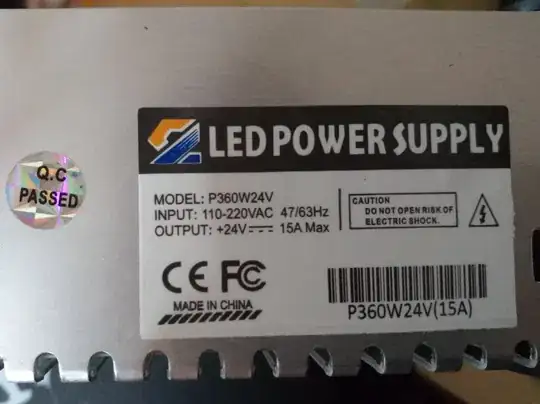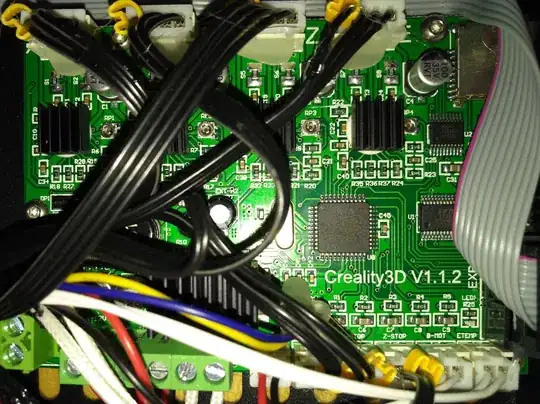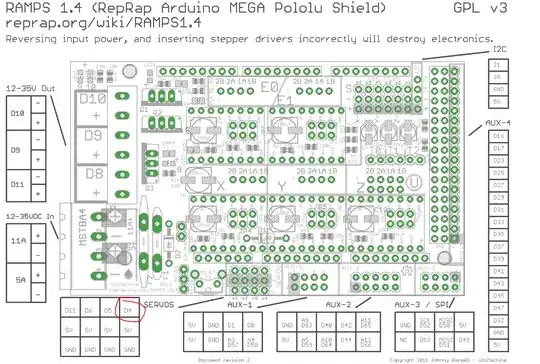Following on from What level of voltage does the Creality Ender-3 run at?
Dave's answer states that both 12 V and 24 V can be used on the controller board. It also goes on to say that the controller board is used in both configurations in two different printers:
- Ender 3 and;
- CR-10
I would like to know how this dual voltage operation works:
- Does it use both voltages at the same time, or either one or the other?
- Are there two different electrical inlets or are they the same?
- Does it auto-detect or are there jumpers used to configure or are the components tolerant to both voltage levels?
Also related:
- What is the board used?
- Is the board a proprietary design or a standard third party board?
- Does anyone have any photos of the board and/or schematics?



